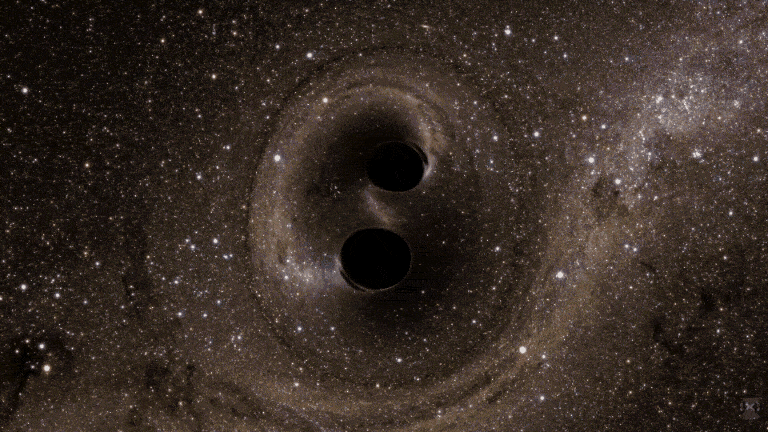Scientists have achieved a groundbreaking milestone by measuring the ‘natal kick’ of a baby black hole for the first time. After two black holes merged around 2.4 billion light years from Earth, researchers determined not only how fast the newborn black hole shot through space but also its exact trajectory. This measurement marks a significant leap in our understanding of gravitational wave astronomy and cosmic collisions.

What is a ‘Natal Kick’?
A ‘natal kick’ refers to the powerful burst of momentum a black hole receives after two massive black holes collide and merge. The force from this cosmic event can send the newborn black hole hurtling across space at incredible speeds. In this recent discovery, scientists used sophisticated data from gravitational wave detectors to calculate both the speed and direction of the kick.
Why Does This Matter?
Understanding these kicks is crucial for piecing together how black holes move and evolve in the universe. This research also sheds light on the ultimate fate of black holes in galaxies and may help explain why some black holes appear isolated, far from where they were born. This first-ever measurement paves the way for more detailed studies of black hole dynamics.
Sources:
Source
















